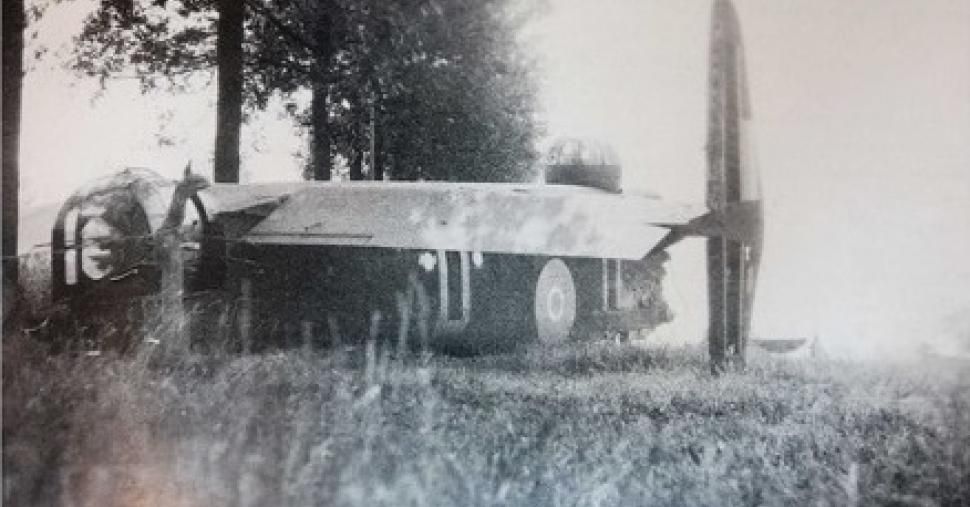This month marks what have been the 100th birthday of our founder, Paul Alexander Hilton. His successors at P.A Hilton believe that it is worth taking a minute to remember a remarkable man.
Paul Hilton was born on March 24, 1922, at Batu Gajah, in Malaya, where his father worked in the tin mining industry. Paul was sent to Brighton Grammar School; from there he went to Brighton Technical College. Following the outbreak of war, he volunteered for service as aircrew with the Royal Air Force in September 1940.
After training, Paul was posted to Linton-on-Ouse in Yorkshire, the base of No 35 squadron and its Halifax bombers. On the night of June 2-3, 1942, as a 20-year-old sergeant pilot, Hilton was on a raid in his Halifax when it was attacked by three enemy night fighters; his plane was badly damaged, with three engines put out of action.
Paul Hilton was awarded the Conspicuous Gallantry Medal for his bravery when the bomber he was piloting that night was shot down over Germany in 1942; as a decoration for gallantry, the CGM is considered to be only just below a VC and was rarely awarded to members of RAF Bomber Command.
Hilton, as captain, gave the order to abandon the aircraft, and four of the five members of his air crew jumped; Hilton then discovered that the fifth, his flight engineer, had remained because his parachute was unserviceable.
In a remarkable act of bravery, Hilton surrendered his own parachute to the flight engineer, "although he knew", as the citation for his CGM later noted, that "it meant almost certain death". Hilton then had to attempt a forced landing. As his aircraft crashed and burst into flames, he was thrown clear; he was captured and sent to a prisoner of war camp. The citation concluded: "Sergeant Hilton displayed outstanding courage and coolness in the face of great danger. His complete disregard for his own safety, in order to save the life of one of his crew, showed a devotion to duty worthy of the highest praise."
After being shot down, Hilton spent the remainder of the war in captivity. Following his repatriation from Germany in May 1945, he joined de Havilland Aircraft as an apprentice. He went on to work as a stress engineer on the Chipmunk trainer, Venom and DH 110 jets, and the wings of the Comet.
He then set up his own company, P A Hilton Ltd, which designed and manufactured laboratory equipment for engineering students.
In Post, World-War-Two Britain, housing was at a premium so, in the 1950's, Paul Hilton lived in a caravan near Radlett, Hertfordshire. This didn't stop him from being an inventor in his spare time though. He created various prototypes of his Ram Jet in a nearby chicken shed and often surprised passers-by by testing this equipment on the Watford by-pass late at night, on the cargo bed of his Land Rover, driving at speed to obtain the necessary air supply for the equipment.
He also developed a number of other products including, rocket test rigs, and went on to develop a combustion unit, a vapour compression heat pump and a thermo electric heat pump – many of which are still produced today.
By 1967 he had succeeded in selling the first Ram Jet to Imperial College, London, and the business expanded to sell this, and other equipment, around the world.
Paul Hilton married, in 1968, Gillian Thornton; they had a son and a daughter.
As his home and export business expanded, Hilton located his company at Horsebridge Mill, on the Test in Hampshire, where it continues to flourish today.
In 1993, in recognition of his services to the teaching of engineering, he received an honorary doctorate from his alma mater, in its new incarnation as Brighton University.
